Share the post "Playing Soccer Without Shin Guards (Risk or Reward)"
Shin guards are a piece of equipment used for soccer. As the name suggests, they guard your shins against getting hurt.
In soccer, you’re running at speed and tackling for the ball, making the game particularly dangerous for the lower legs.
These are the key points we’ll cover today:
- Shin guards, mandatory and necessary?
- Why do some players hate shin guards?
- Wearing small shin guards
Shin guards protect your shins – and some protect your ankles as well – to minimize the chance of serious injury.
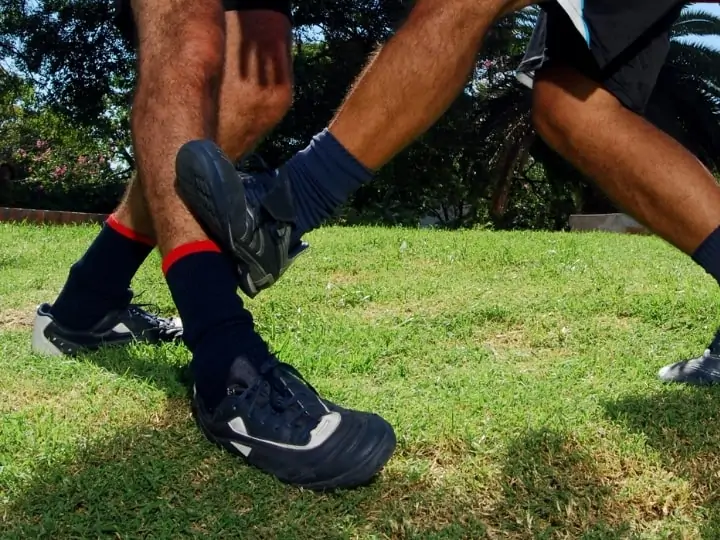
Are shin guards mandatory in soccer?
Yes, shin guards are mandatory in soccer. No matter what level you’re playing at, shin guards must be worn on the field.
From the International Federation of Association Football (FIFA) to the National Collegiate Athletic Association (NCAA) to small local organizations, players must wear shin guards.
If the referee sees you’re on the field without shin guards, she won’t let you start the game until you put them on.
This ensures you’ve got the maximum protection during the game.
However, it also protects the organization from any liability. They’re responsible for enforcing the rules. If they allowed a player to play without shin guards and that player got seriously injured, the organization could face legal action.
So, making shin guards mandatory in soccer protects everyone.
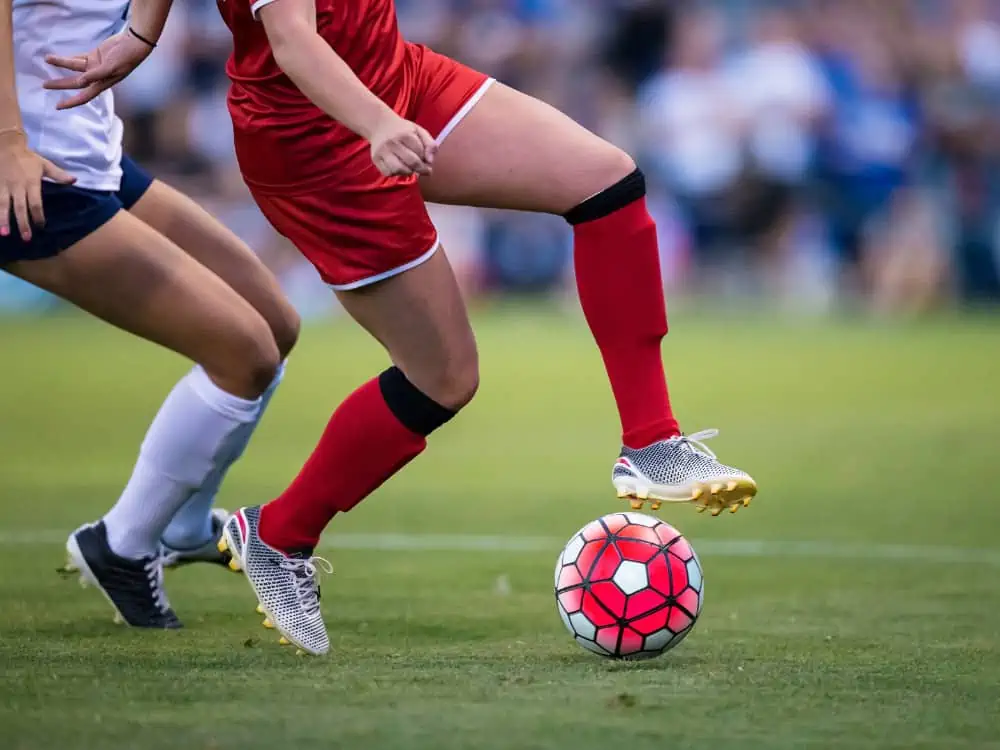
Are shin guards necessary for soccer?
Yes, shin guards are necessary for soccer because they protect your lower legs. That helps to prevent injuries during a game. Those of you who’ve played soccer games know that the shins and ankles get kicked a lot.
That’s because players don’t always make contact with the ball when tackling for it. If they miss the ball, your shins or ankles are usually the first to get kicked.
That’s because your foot will often be right beside the ball when an opposing player tackles for it. During a soccer game, your shins and ankles are in the line of fire.
Sometimes there’ll be a miss with a high tackle, but it doesn’t happen as often as a missed low tackle.
- ADULT SIZE: The large size is intended for high school and…
- LIGHTWEIGHT: These shin guards are designed to be sleek and…
- PREMIUM PROTECTION: Constructed with a high-density,…
- SECURE FIT: Shin guards are locked into place with double…
- EXTRA CUSHION: Made with an extra layer of high-density foam…
- SHIN GUARDS WITH OPTIMIZED INSERT POCKET – NO MORE SLIPPING…
- BREATHABLE MATERIAL: The thickly padded inside with the…
- RELIABLE QUALITY: The hard pad is thick and very durable….
- FOR CHILDREN & ADULTS: This shin guard is comfortable to…
- PURCHASE WITHOUT RISK – We attach great importance to the…
- The Nike Mercurial Lite Shin Guards shield your lower legs…
- Elastic sleeves give a soft, snug fit
- Durable shell with thick foam padding for impact absorption
- Flexible coating around the tibia for a natural fit
Product: Updated 2024-07-24 | Images: Amazon Product Advertising API | #ad – soccerblade.com is an Amazon Associate
Injury
However, when you get kicked, or even worse, get cleats to the bare leg it’s very painful. Also, it can cause serious injury. So, shin guards are necessary to protect your shins and ankles in these situations.
If you’re getting kicked in one area a lot during a game, it makes sense to protect that area. Think of amateur boxers wearing head protection.
They get hit on the head a lot during a fight, so it makes sense to protect the head. Soccer players get kicked a lot on the lower legs. So, it’s sensible to protect that area with shin guards.
Wearing shin guards will help prevent injury and keep you on the field. And shin guards will help to prevent pain.
The shins are a sensitive part of your body. Even take your knuckles and hit them against your shin – not hard. You’ll feel how sensitive the shins are.
Now, imagine an even harder impact. Think of a player running towards you at full speed and clattering into your shin with his foot.
If you’re not wearing shin guards, that’s going to hurt like hell.
So, shin guards minimize injury and pain. Having that protection helps you on the field. It means you can play soccer without thinking about injury and pain all the time.
With that peace of mind, you can play a better game.
However, some players hate wearing shin guards.
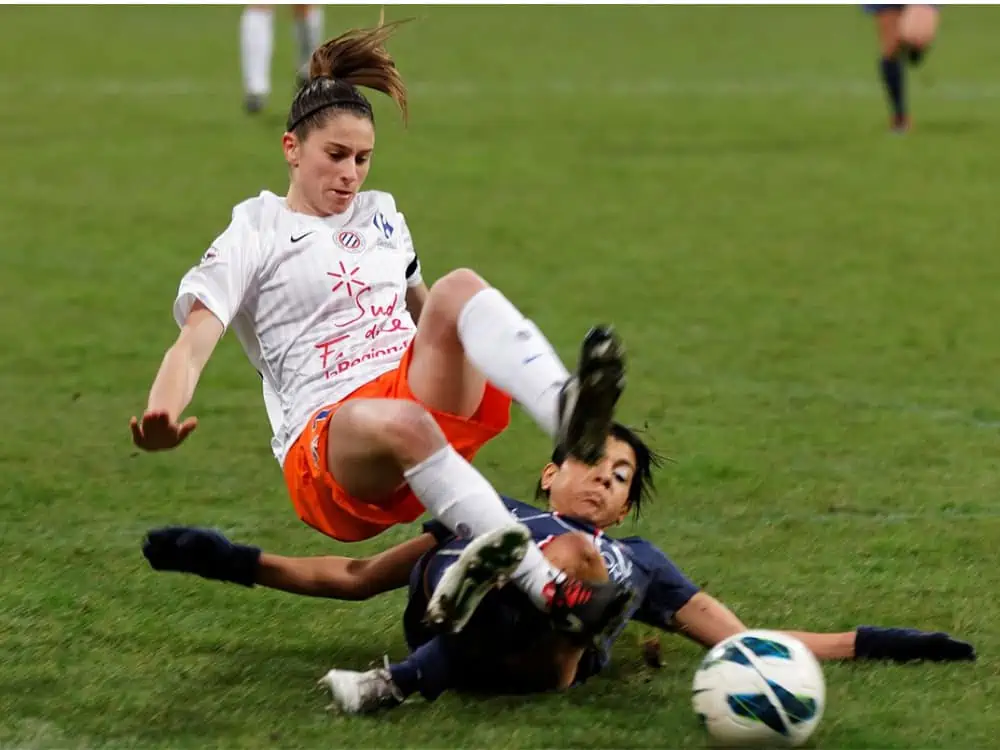
Why do some soccer players hate shin guards?
Some soccer players hate shin guards because they’re seen as restrictive. Soccer players want to move freely without anything holding them back. Some players think shin guards get in the way.
If shin guards are bulky, they can make the player feel like they’re restricted in their movement. Players want to move freely on the field.
Also, they want to move quickly. Some players think that bulky shin guards can hold them back. Often, soccer is a game of inches.
Sometimes if a player was just a little faster, they could’ve scored a goal. Any slight disadvantage can make a difference in soccer, especially at the professional level.
So, some players hate wearing shin guards for this reason. Additionally, some players hate shin guards because they can interfere with controlling the ball.
If the ball bounces off a shin guard, it’ll be harder to get the ball under control.
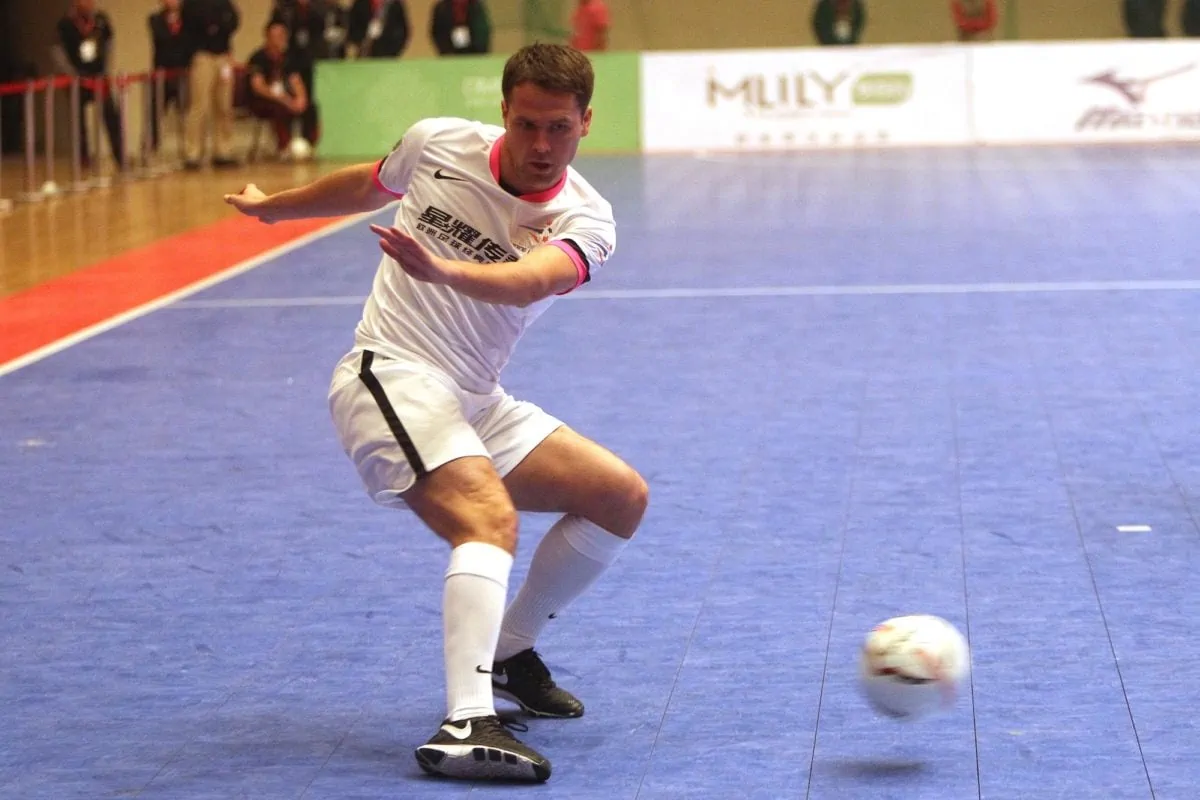
Scoring Goals
It’s often attackers who feel this way about shin guards. They don’t want anything interfering with their chances of controlling the ball and scoring a goal.
Also, when they take a shot, they don’t want a bulky shin guard connecting with the ball.
That could negatively affect the power or direction of the shot. And it could be the difference between the goalie stopping the shot and the attacker scoring a goal.
Again, this comes down to soccer often being a game of inches. The smallest things can decide a game.
But if shin guards are mandatory, what do soccer players who hate them do?
Soccer players wearing small shin guards
Soccer players who hate shin guards tend to wear small ones. Thoams Muller of Bayern Munich and Jack Grealish of Manchester City both wear small shin guards.
Grealish wears kids’ size, age 7 to 8.
It’s no coincidence that both are attacking players.
But it’s not just attackers who wear small shin guards. Retired defender John Terry, formerly of Chelsea, wore small shin guards, too.
The thing is, soccer players, want to have the greatest advantages possible on the field. They don’t want anything holding them back. And this includes mentally.
So, if they feel that small shin guards offer them an advantage, they’ll wear them.
It’ll get them into a good mindset for the game. If they thought they’re at a disadvantage, it could weigh on their minds.
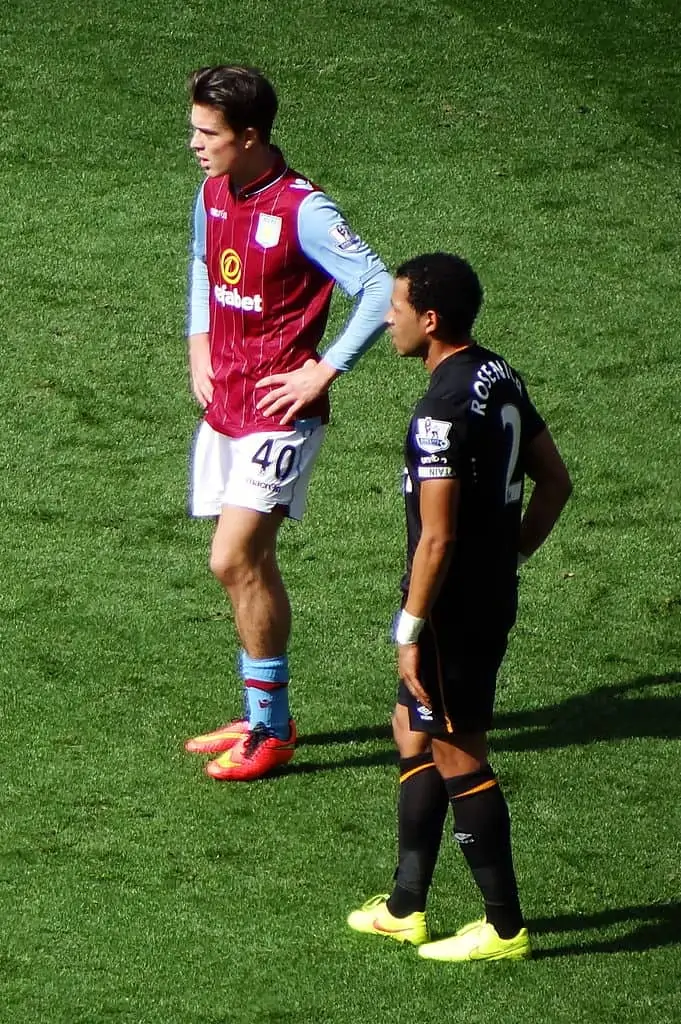
And soccer organizations don’t have a regulation size for shin guards. It means that the shin guards don’t have to be a certain size. That’s why Grealish can wear ones made for 7 to 8-year-olds.
They won’t offer much protection, but many soccer players think small shin guards offer them an edge during a game.
So, that’s the rundown on playing soccer without shin guards. It’s not allowed, but some professionals get around that by wearing small ones.
It’s a good idea to think of the protection shin guards offer before making your own decisions about them. Try out different ones to find the best for you.
But remember, shin guards can help prevent serious injury.
- ADULT SIZE: The large size is intended for high school and…
- LIGHTWEIGHT: These shin guards are designed to be sleek and…
- PREMIUM PROTECTION: Constructed with a high-density,…
- SECURE FIT: Shin guards are locked into place with double…
- EXTRA CUSHION: Made with an extra layer of high-density foam…
- SHIN GUARDS WITH OPTIMIZED INSERT POCKET – NO MORE SLIPPING…
- BREATHABLE MATERIAL: The thickly padded inside with the…
- RELIABLE QUALITY: The hard pad is thick and very durable….
- FOR CHILDREN & ADULTS: This shin guard is comfortable to…
- PURCHASE WITHOUT RISK – We attach great importance to the…
- The Nike Mercurial Lite Shin Guards shield your lower legs…
- Elastic sleeves give a soft, snug fit
- Durable shell with thick foam padding for impact absorption
- Flexible coating around the tibia for a natural fit
Product: Updated 2024-07-24 | Images: Amazon Product Advertising API | #ad – soccerblade.com is an Amazon Associate
Share the post "Playing Soccer Without Shin Guards (Risk or Reward)"
Joel is a seasoned soccer journalist and analyst with many years of experience in the field. Joel specializes in game analysis, player profiles, transfer news, and has a keen eye for the tactical nuances of the game. He played at various levels in the game and coached teams - he is happy to share his insight with you.






